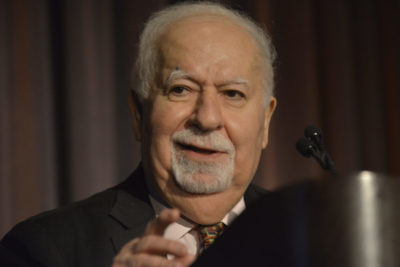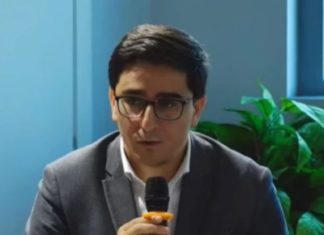By Robert D. McFadden
NEW YORK (New York Times) — Vartan Gregorian, the ebullient Armenian immigrant who climbed to pinnacles of academic and philanthropic achievement but took a detour in the 1980s to restore a fading New York Public Library to its place at the heart of American intellectual life, died on Thursday, April 16, in Manhattan. He was 87.
The death, at a hospital, was confirmed by his son, Dareh Gregorian. No cause was given.
Dr. Gregorian liked to tell the story of “the most painful experience of my entire life.” It happened in 1980, when he was provost of the University of Pennsylvania, its top academic official. Powerful trustees told him that he was a shoo-in to replace the outgoing president. He was so sure of the post that he withdrew his name from consideration as chancellor of the University of California at Berkeley.
He heard the bad news on his car radio. The Penn trustees had chosen another academic star. The next day, he resigned. The outgoing president tried to dissuade him, but it was no use.
“I told him that I could cope with rejection, but not insult and humiliation,” Dr. Gregorian said in a memoir, The Road to Home: My Life and Times (2003).
















